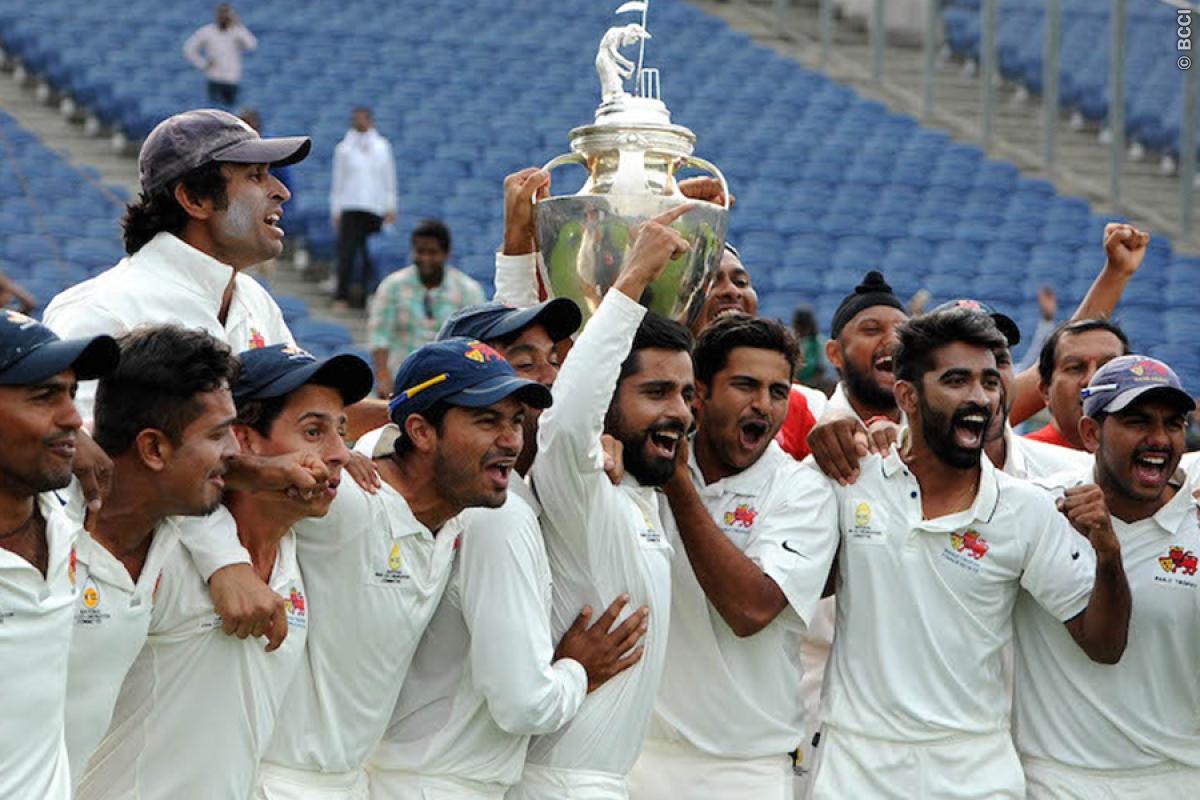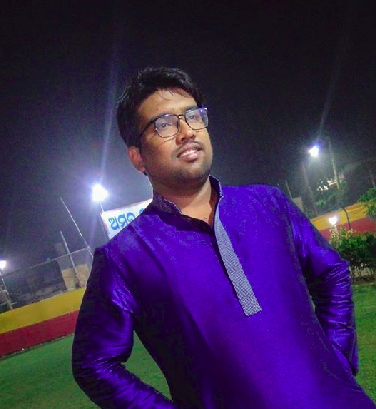Indian domestic cricket - an envious feeder system with no real chasing pack
It is a glorious time to be an Indian cricket fan. The national team is dominating the world with surgical precision, the pipeline is brimming with talents more than ever and the scene in domestic cricket is absolutely buzzing. It is times like these which give a perspective on things.

As I stepped into the office on Saturday morning, I couldn’t wait to switch on the TV to watch two of the finest domestic outfits, Mumbai and Tamil Nadu, locking horns at Chepauk in the fifth round of Ranji Trophy. K Sai Kishore was on a bowling spree, with already three wickets in the bag, and the first sentence that I uttered from my mouth that day - “Wow!! This guy is too good!” On another day, it would have been just a normal start to the day, with me filling my coffee mug, settling down to check my mails and proceed further to work on planned content but it felt a bit different that day.
If anything, it was a small observational sample size of the kind of dominance that the fringe players are showcasing which is equally exciting and frightening to say the least. A guy like Priyank Panchal has already helped Gujarat to their maiden title with a mammoth 1310 runs from 10 matches, falling just 105 runs shy of VVS Laxman’s record of most runs in a season. Others like Prithvi Shaw, Shubman Gill, Abhimanyu Easwaran, Suryakumar Yadav, Jalaj Saxena, Ankit Bawne, Devdutt Padikkal, Mohammed Siraj, Aditya Sarwate, and Shahbaz Nadeem made their craft look ridiculously easy, and yet most of them have had to wait for their opportunities.
Things have not been easy for the players in a way but the sustained success talks about the brilliance and democratisation of the Indian feeder system. Jagmohan Dalmiya’s brainchild “Talent Development Wing” acted as the proper scouting system to give the small towners a fair chance to excel at the national level. In the last two decades, MS Dhoni emerged as the biggest contributor to the narrative when he defied the odds to become one of India’s most successful skippers and batsmen.
The likes of Venugopal Rao and Hanuma Vihari from Andhra Pradesh, Jai Prakash Yadav, Naman Ojha, and Amay Khurasiya from Madhya Pradesh, MS Dhoni, Varun Aaron, and Shahbaz Nadeem from Jharkhand, Ravindra Jadeja, Cheteshwar Pujara, and Jaydev Unadkat from Saurashtra ensured that the selection in the national team is no more a domain of few privileged states, with it becoming clear that the best ones, no matter the state they come from, will eventually be picked in the national team.
It brings a question, a valid one, where does Indian domestic cricket system stand as compared to their Australian and English counterparts? A look at the County system and Australia’s Sheffield Shield gives a strong health of their domestic cricket, majorly because of the huge marketing potential and availability of international players on a regular basis. While that is an important aspect, it doesn’t necessarily mean the channel has been able to do what their primary tasks are cut out to be.
Satiating the club loyalists, the fundamentals of domestic cricket has hardly undergone a metamorphosis in the United Kingdom. As a result, we have been presented with nothing but a series of unfortunate underperforming international stars, being completely out of touch when thrown into the deep end. In the last 10 years, the likes of Sam Robson, Adam Lyth, Ben Duckett, Mason Crane, Keaton Jennings, Tom Westley, Alex Hales, James Vince and Dawid Malan have all come with a lot of promise but we had been presented with nothing but absolute disasters at the top level.

 © Getty
© GettyHowever, the English club rivalry is still one of the best in world cricket, at times, better than some of the international games too. When Ed Smith-led selection committee picked “a white-ball contract only” Adil Rashid for the Test series against India, it created a furor in Yorkshire, with the club’s director of cricket ditching the selection and many going as far as calling it a conspiracy against the club. Who is being benefited by it?
Even squaring the observational size a bit further, to the age-group level, India’s dominance at the global event tells the story. Ever since Mohammed Kaif led India to an Under-19 World Cup victory two decades ago, Virat Kohli, Unmukt Chand, and Prithvi Shaw helped the country to three more titles, with Priyam Garg being at the pole position to win one more over the course of the next one month. On the other hand, English county's football-academy-style player promotion failed to give them the regular four-day challenge that is required at a young stage. India have done it quite successfully over the years, with the Cooch Behar Trophy and Vinoo Mankad Trophy adding bricks to India’s success at the very fundamental level.
That said, India’s structure can be comparable to that of Shield cricket which is a proven one for a long long time. No infiltration of foreign players, keep it sane with the addition of the national team players and a proper two-round system make the structure one to be envious about. But with the population factor coming in, the Asian nation is surging ahead in the 21st century, leaving Australia to play catch up.
As Gideon Haigh mentioned in his analysis for Channel 7 last year - I loosely mention it - “the day India would decide to take the world on, that’s it. The population and the amount of talent coming through the ranks would make any other chasing pack fall behind in time.” The layered statement covers the base, as India never took winning seriously, nor did they think of being the best in the world. It slowly changed since the dawn of the millennium, with Sourav Ganguly leading the side with elan and gusto, MS Dhoni giving the team much-needed trophies, and Kohli taking the flag onward and upward. Australia, not necessarily by their own failings, were caught off guard and a system that was ahead of its time is finding itself at a crossroads.
However, like every layered story, the bottom line comes down to the preferential treatment of facts. Well, in a country like India, it is always difficult to manage stuff in an organised manner. Yet we have rarely seen a mess-up, with 38 teams taking part in the Ranji Trophy and other age-group tournaments. This is colossal, this is massive and this is what the doctor ordered.
The old maxim that “all that glitters are not gold” is the fundamental difference marker here. The colourful climate of England, counties, with their Kolpak and international recruits, have ensured that there is a certain vernacular charm to their style. But style and substance are two different things and who is better than England to understand it? This is exactly where India has scored over their counterparts as a successful cricketing nation in the last few years. They haven’t screamed from the rooftop nor got into the competition of selling tickets because the eventual aim is a much bigger and a more important one.

Comments
Sign up or log in to your account to leave comments and reactions
0 Comments